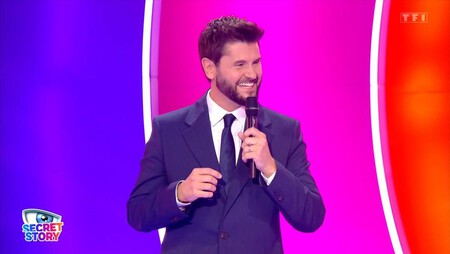Before streaming changed everything, watching TV was to follow very clear rules: Wait for your program to startendure the ads and accept the offer of the moment. This was the game. But then platforms like Netflix arrived, promising something different. And for a while, it was.
Suddenly, it was no longer necessary to wait on Thursday night to see the new chapter of your favorite series. There were no advertising cuts. And if you wanted to see three episodes in a row, you could do it without anyone preventing it. Everything pointed to a new way of consuming content: freer, more personalized. But time has done his own, and little by little that new television has begun to resemble that before.
Life TV in Netflix
First the ads arrived – although only for those who do not pay the most expensive plan. Then, live sports and contents in collaboration with traditional chains. Now, the last step: a lifetime television, with linear channels included. And it is not a metaphor. Netflix has signed a historical agreement with TF1, the main private chain in France, to incorporate its channels in open directly into the platform.
From the summer of 2026, Netflix users in France can see live The five linear channels of TF1as well as access more than 30,000 hours of content on demand through TF1+. This includes from games of the French team to realities, contests, entertainment programs and local production series.
For Netflix, it is a strategic movement: integrate what was previously its direct competence and, incidentally, expand its offer in the French market. For TF1, it is a way of approaching an audience that has been moving away from traditional television for years. And for the spectator, another symptom that the borders between open television and platforms on demand are increasingly diffuse.

Among the programs that TF1 issues is Secret Story, one of its most popular realities
The agreement arrives at a key moment. While Netflix leads the global streaming business with dozens of own productionstraditional chains greatly drag a sustained loss of audience and advertising income. This type of alliances could allow both parties to gain time. But ask a question. In the end, is the great streaming revolution ended by rediscovering the usual television?
For now, there are no public details about how income will be distributed or if Netflix has paid anything to integrate these channels into its platform. Nor is it clear if we will see similar movements in other European markets, such as Spanish. What seems evident is that traditional streaming and television are intended to be. And when that happens at all, perhaps we can no longer distinguish where one begins and the other ends.
Images | WorldOfSoftware with Grok | Netflix | TF1 (1, 2)
In WorldOfSoftware | YouTube risked a lot trying to be more like Tiktok. 200,000 million visualizations have proved him right
